Gretchen Albrecht
Colloquy
9 July - 8 August 2015
This exhibition brings together an impressive array of paintings from Gretchen Albrecht’s artistic practice. These paintings have been chosen from the artist’s personal collection and many are reproduced in the accompanying book Colloquy 1 three essays, which is to be launched at the exhibition opening. Accordingly, the exhibition provides a retrospective glimpse at the career of one of New Zealand’s most established and recognisable painters. Examining these works, the viewer is immediately struck by the breadth and depth of Albrecht’s oeuvre. The assembled paintings are markedly diverse in terms of format, colour, scale, and painterly application. Works such as Cloud over Whatipu, from 1976, present the viewer with a large square canvas that is replete with sensuous and glowing swathes of liquid paint. By comparison, Ember (dusk), painted in 1991, is executed on two quadrants bolted together to form a semi-circular shaped stretcher. Here, sombre tonalities build a tenebrous ground of dark pigments briefly punctuated by a glimmer and flash of a lustrous red.
Covering four decades, this diversity is to be expected, and it is perhaps the number of consistencies in the exhibition that is the more remarkable. For, as many critics and historians are quick to comment, Albrecht is one of New Zealand’s leading colourists, and her chromatic mastery is readily apparent in each and every work. In both Cloud over Whatipu and Ember (dusk), for example, traces of Albrecht’s presence remain visible. In the former work, the sweep of her hand can be envisaged guiding the streams of paint that run across the surface. In the latter work, even in the midst of its inky depths, there are perceptible arches of paint that faintly shadow the curve of the canvas stretcher.
When she began painting in the 1960s, Albrecht was part of a generation of artists swept up by the pioneering developments of the New York School – particularly the work of Mark Rothko, Helen Frankenthaler and Cy Twombly. Characterised by a freedom of expression and an unrestrained celebration of the emotive and metaphorical potential of paint, the resulting artworks all have something of a meditative element about them: beguiling to the eye and quieting to the mind. It is this quality that appears throughout the series of Albrecht’s saturated, stained and smudged works. It has been noted however, that Albrecht’s art historical roots can be traced back to the Italian Renaissance and the likes of Fra Angelico, Duccio and Piero della Francesca. In these artists, Albrecht found thematic and compositional parallels, for, like her, they wove binary narratives (often around the Madonna), which were circumscribed by arching semi-circular formats. While these influences and connections add another layer to Albrecht’s chromatic explorations, the corporeality of her method graces her paintings with a tactility and physical presence that demands immediacy and, both eschews and acknowledges history.
Gretchen Albrecht had her first solo exhibition at the Ikon Gallery in 1964 shortly after graduating from University of Auckland’s Elam School of Fine Arts and was selected to exhibit in Contemporary NZ Painting at the Auckland City Art Gallery in the same year. Since these initial exhibitions she has been the subject of numerous solo exhibitions and 4 major surveys of her work. In 1986 the Sarjeant Gallery, Whanganui organised Afternature – a Survey, 23 years; in 2002 The Auckland Art Gallery curated Illuminations an exhibition surveying 24 years of Albrecht’s hemisphere and oval paintings, while in 2005 the Dunedin Public Art Gallery curated the exhibition Returning, which also travelled to the City Gallery, Wellington. Albrecht is represented in all major public and many private collections in New Zealand. In 2000 she was invested as a companion of the order of New Zealand for Services to New Zealand Painting.
1 Colloquy, n. A formal conversation or conference, a literary work in dialogue form, an informal conference on religious or theological matters, from the Latin colloquium from colloqui to talk with.
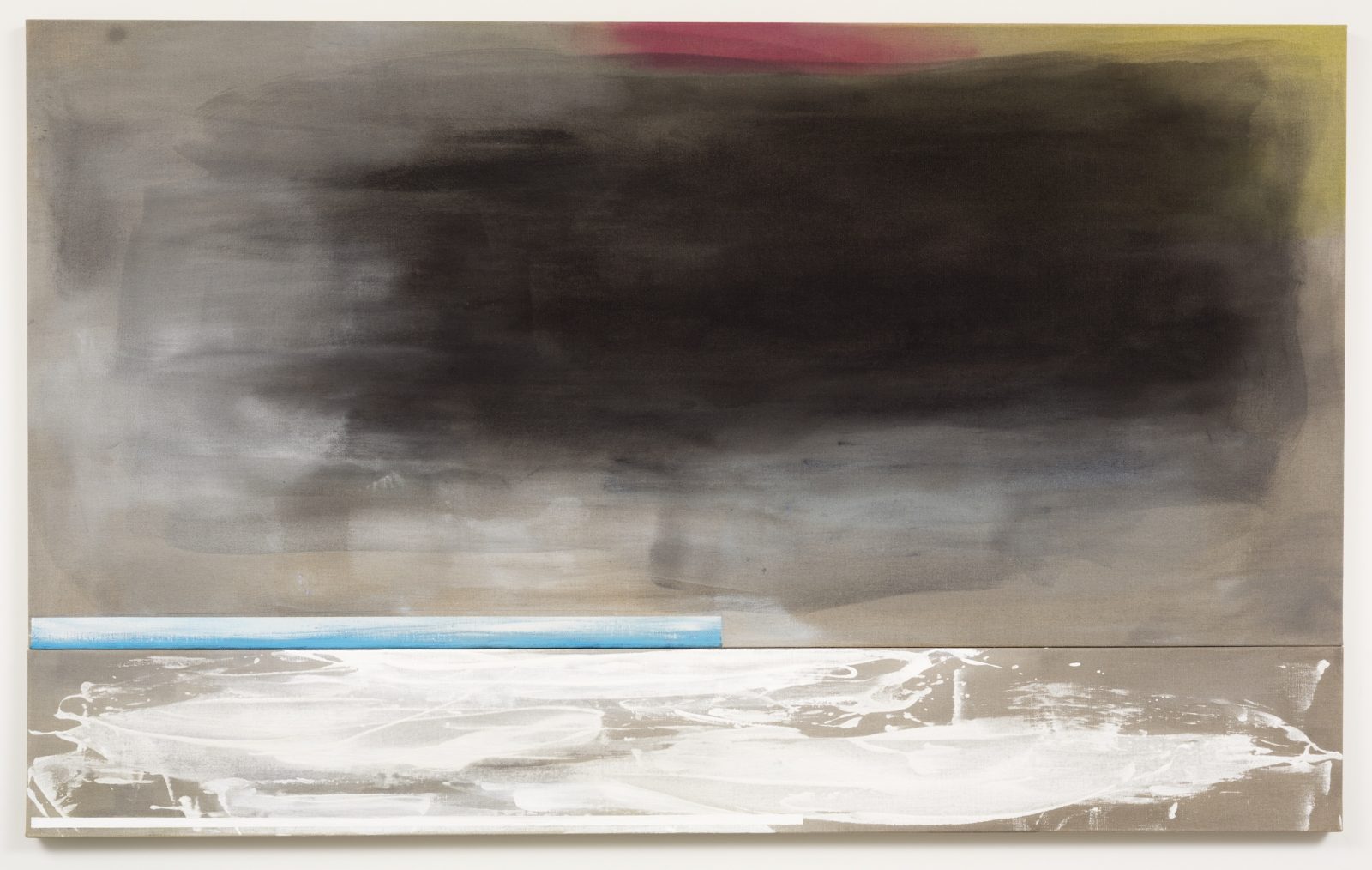
Acrylic on Belgian Linen
1320 x 2135 mm
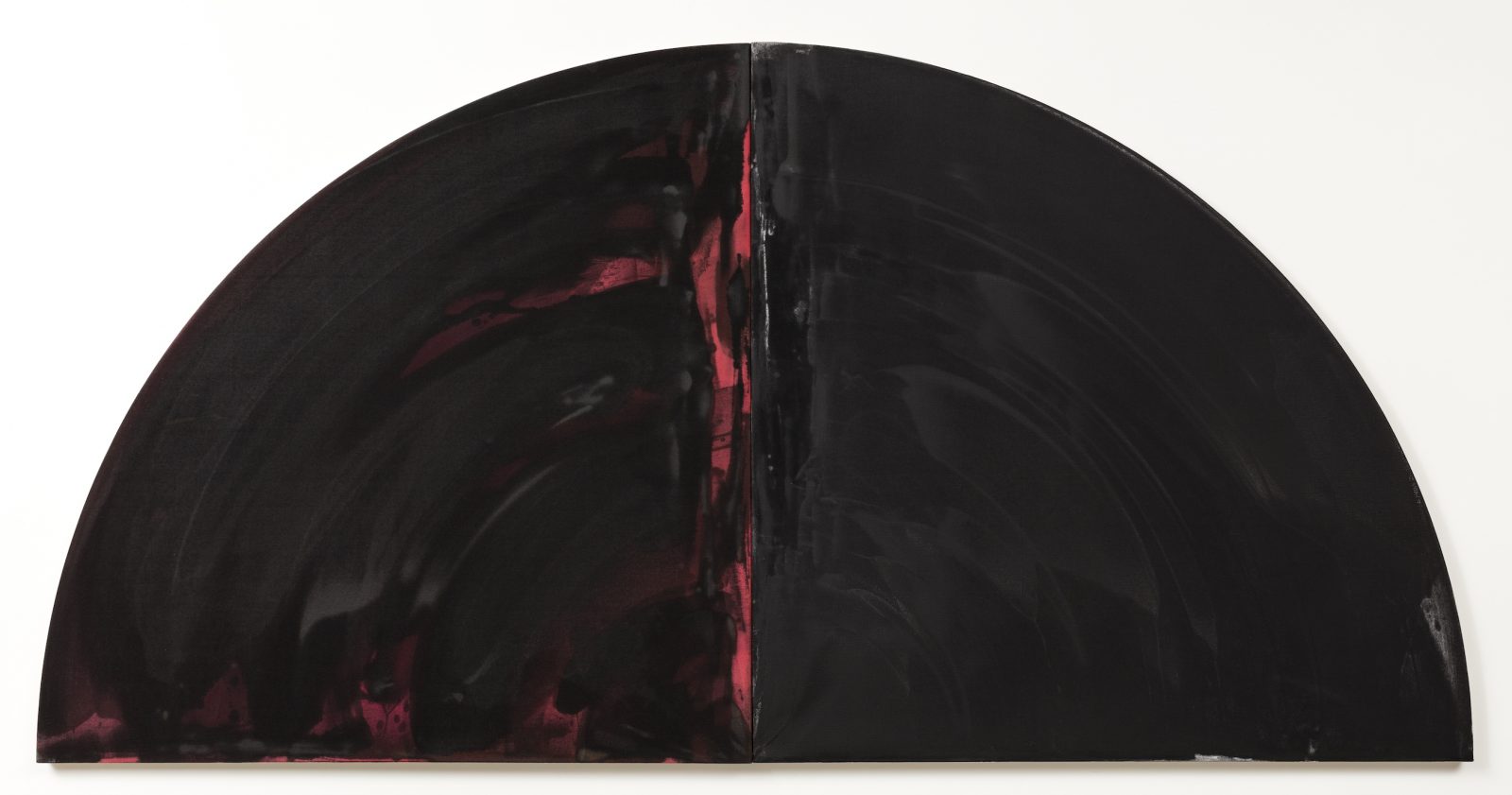
Acrylic on canvas
1220 x 2440 mm
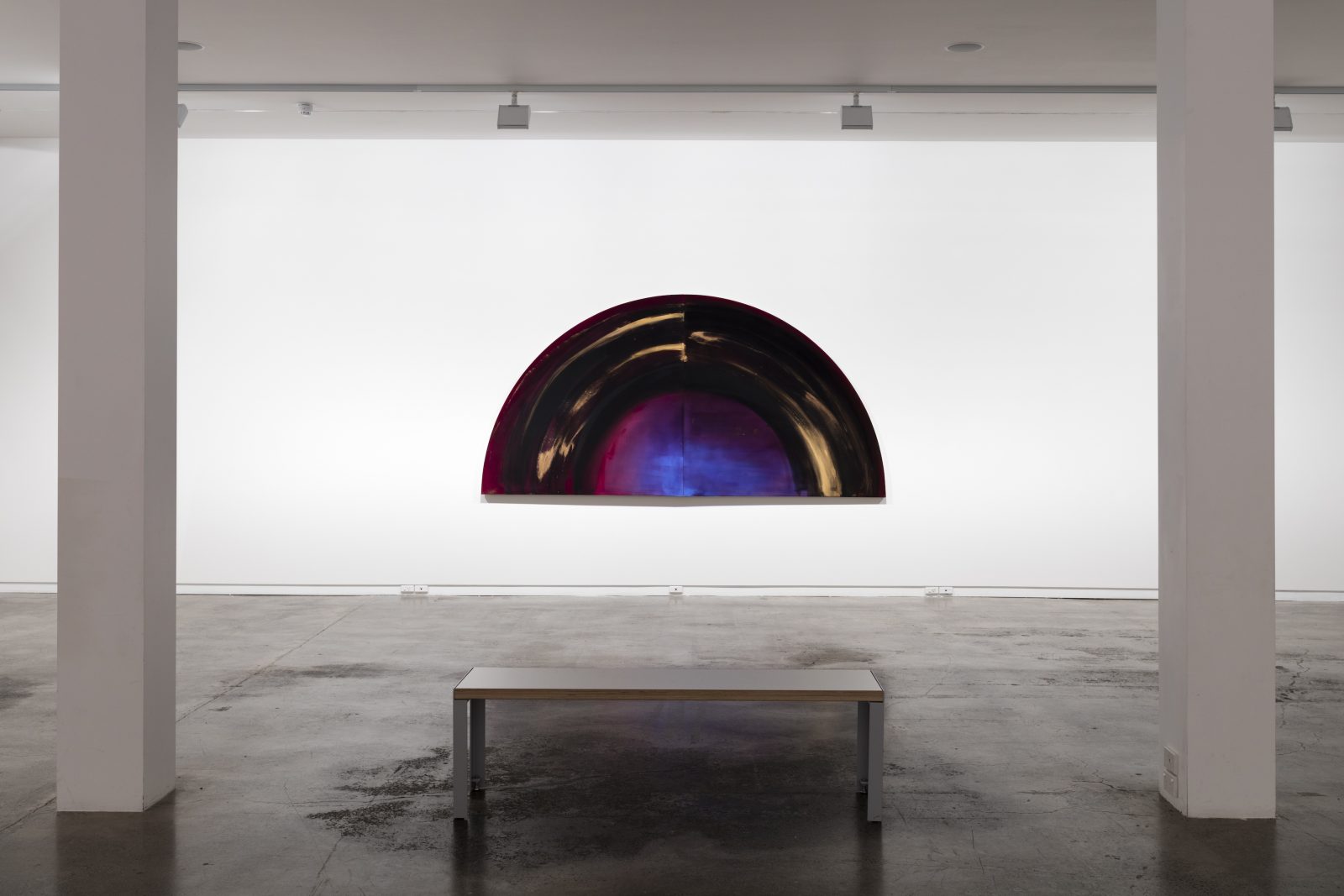
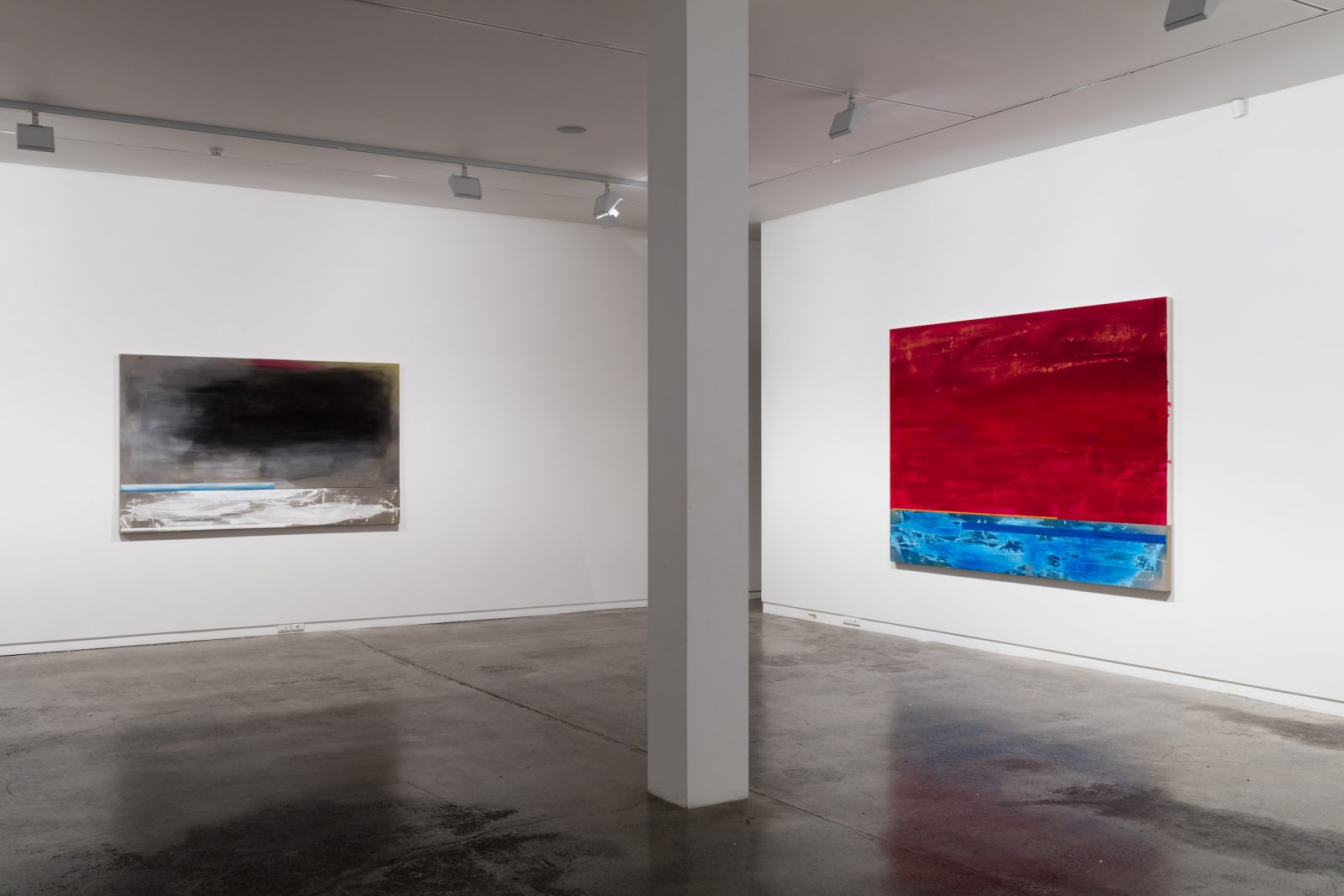
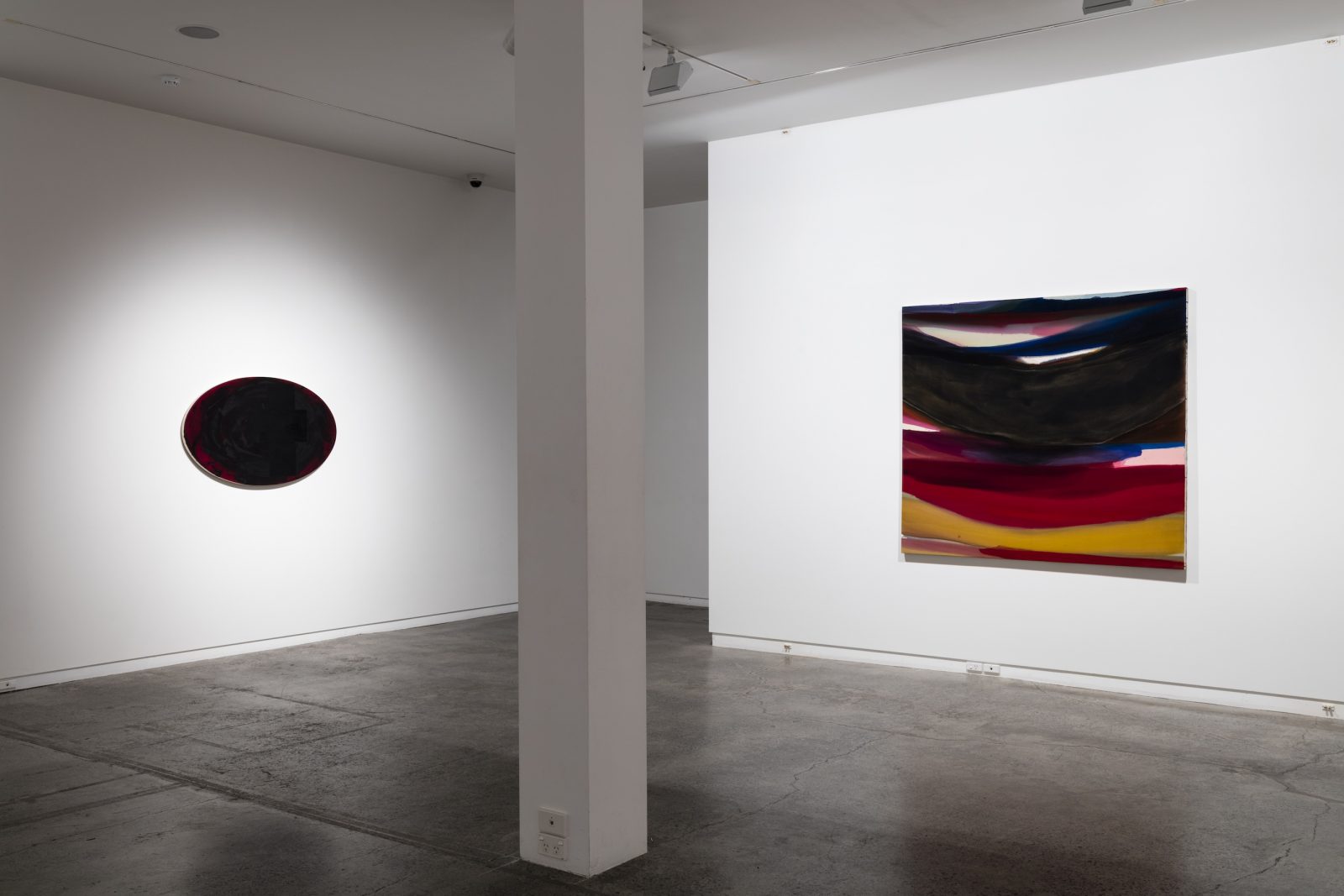
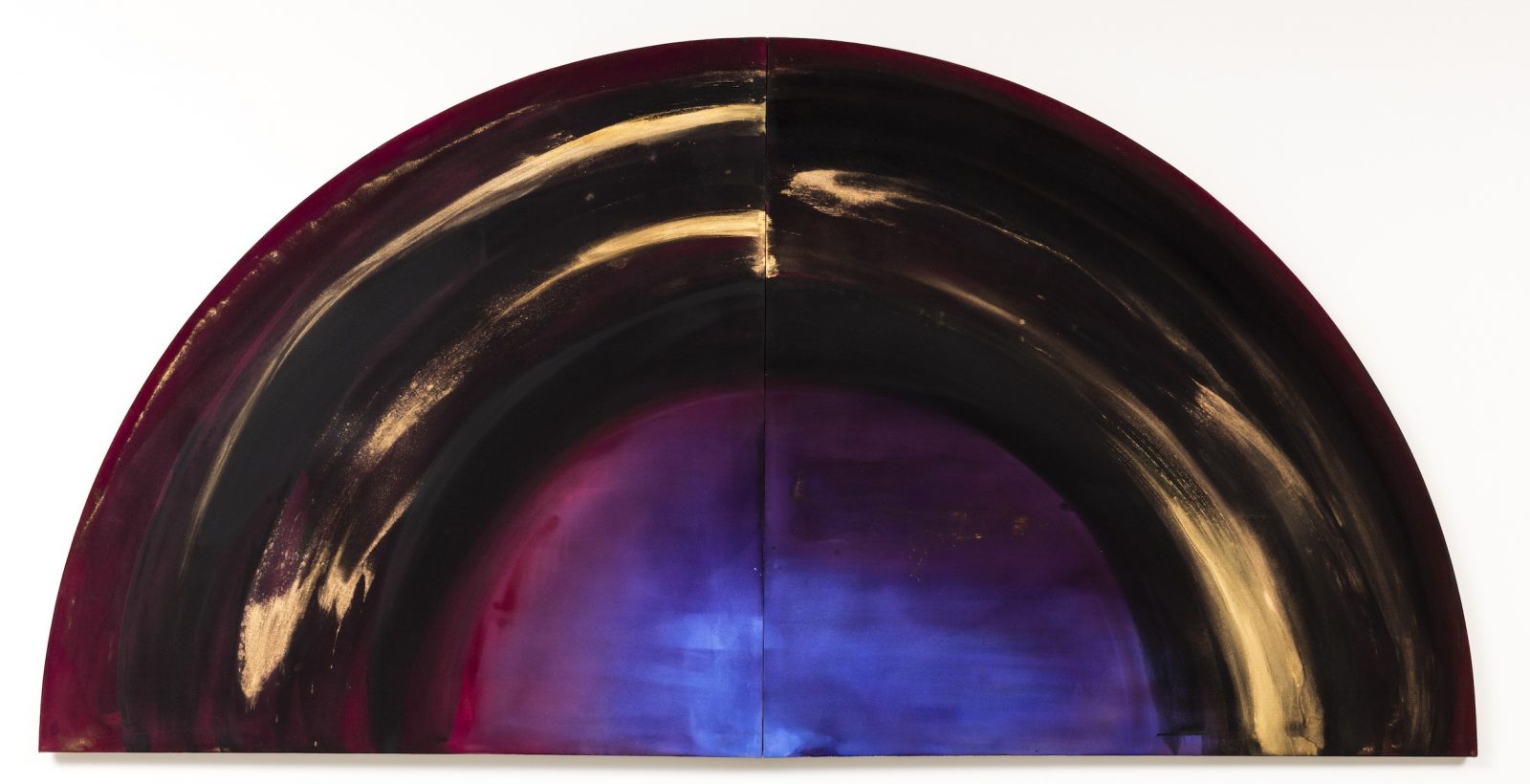
Acrylic on canvas
1530 x 3060 mm
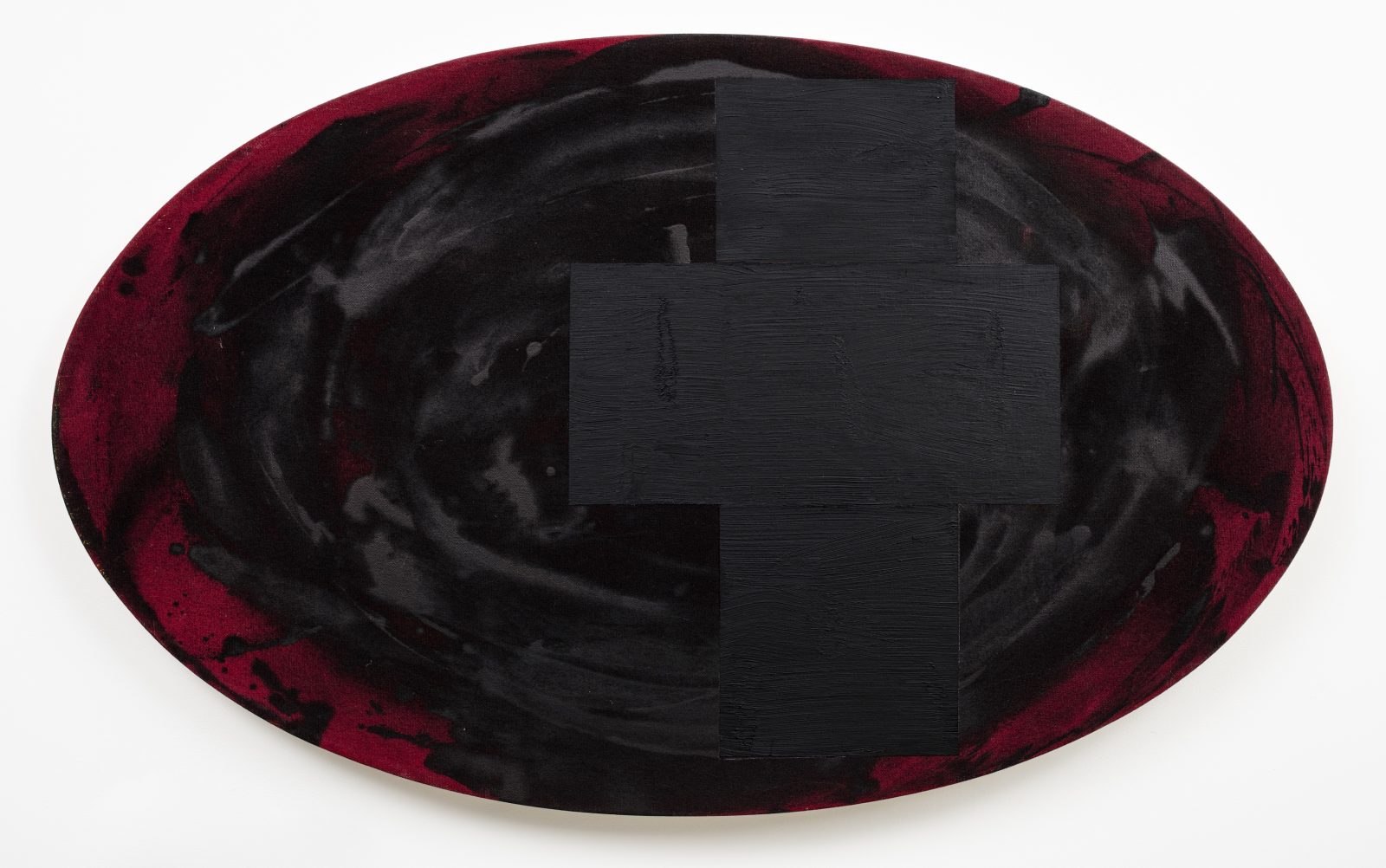
Acrylic & oil on canvas
730 x 1200 mm
Not for sale
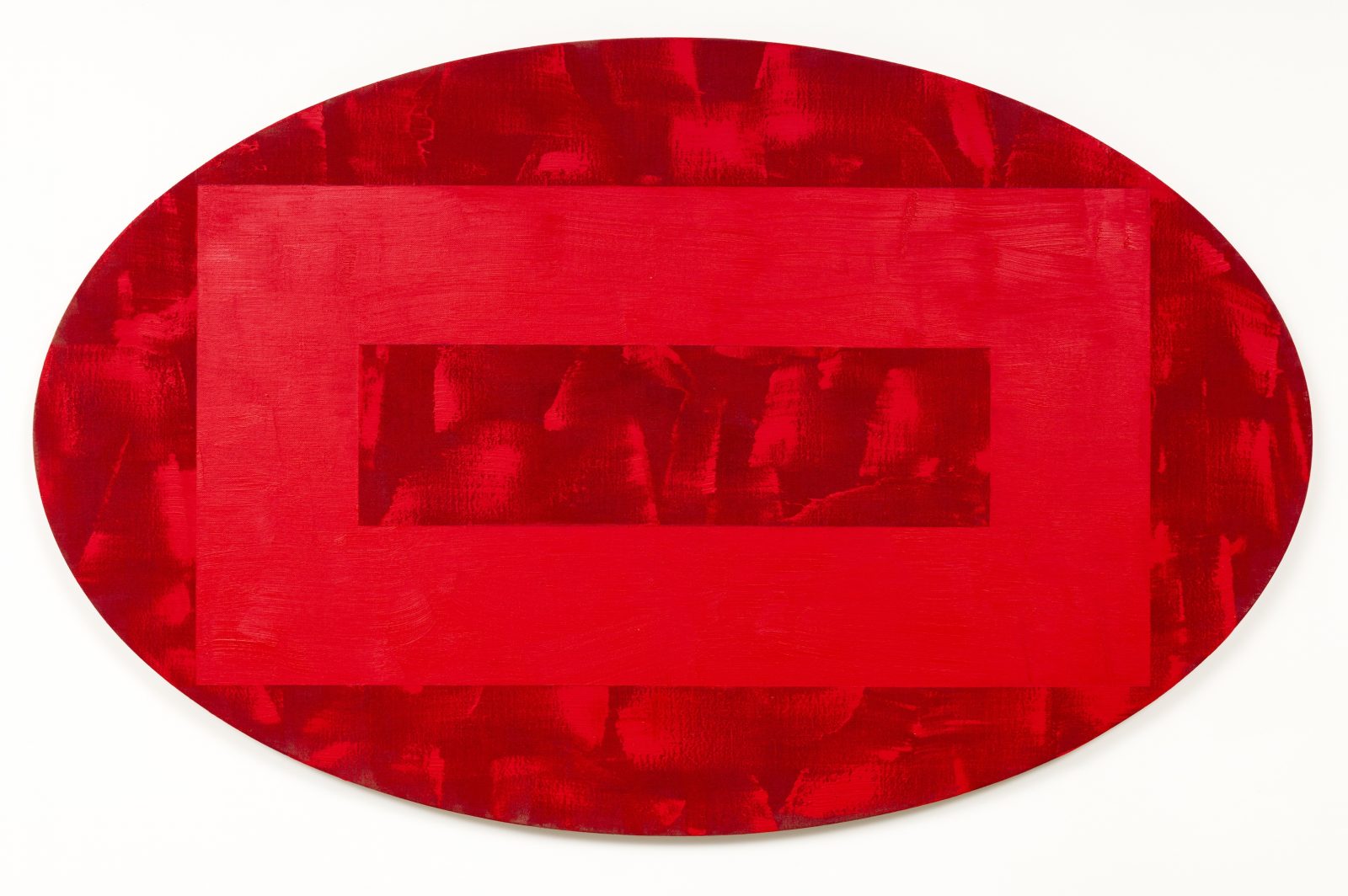
Acrylic & oil on canvas
1140 x 1820 mm